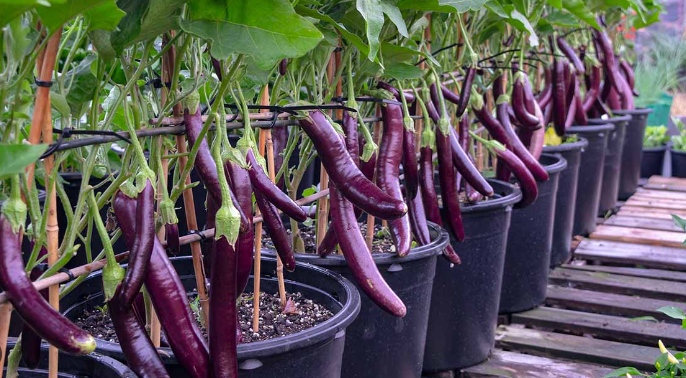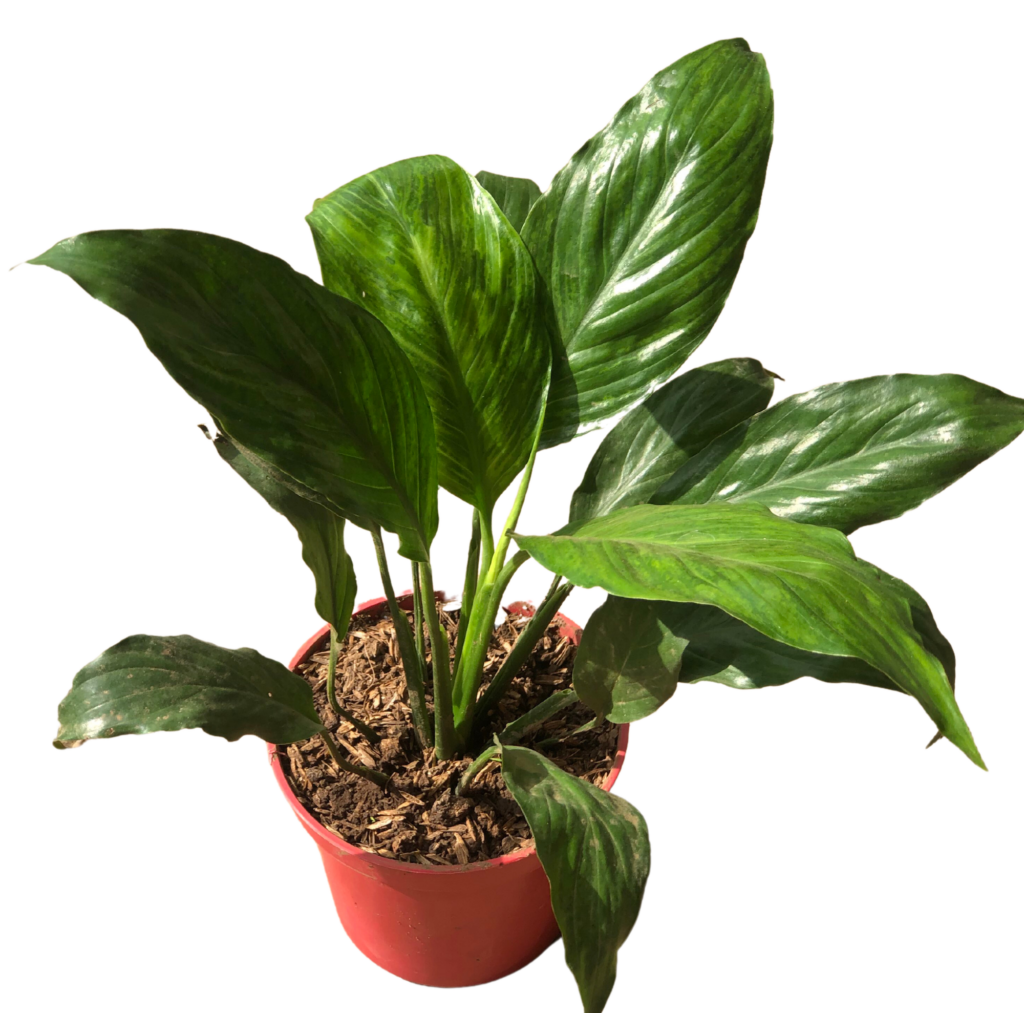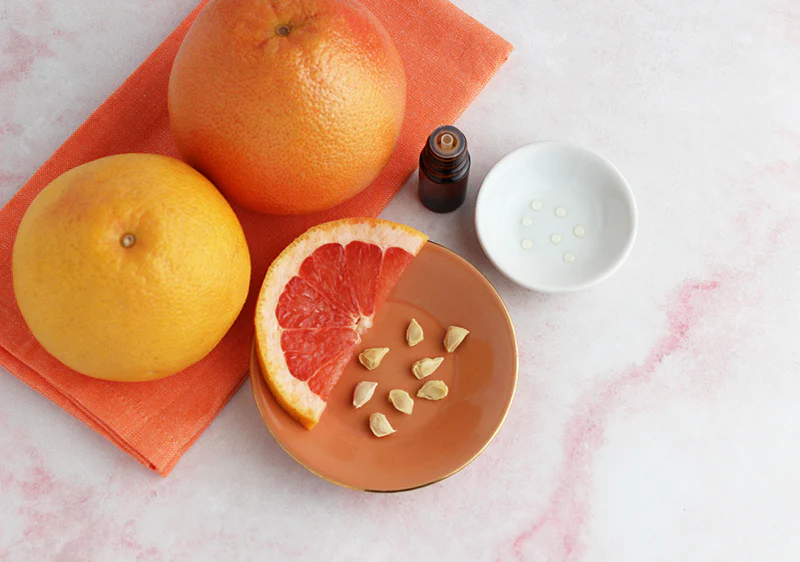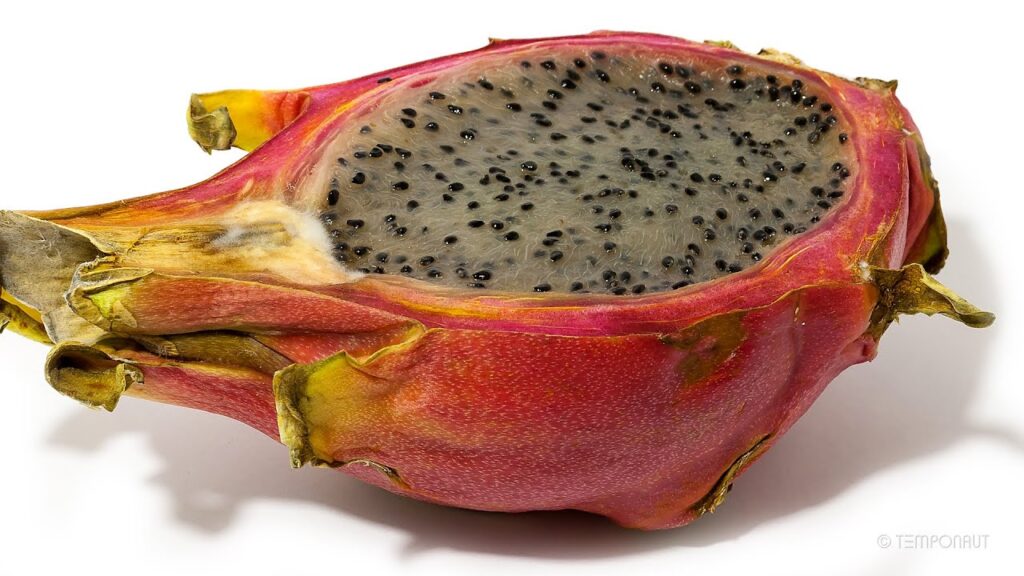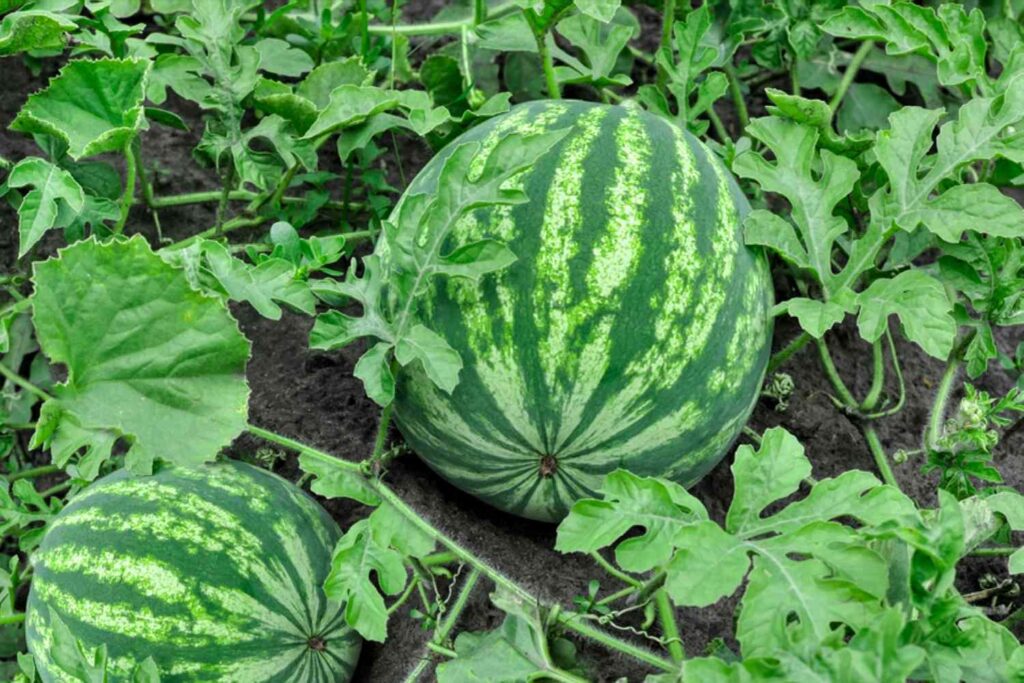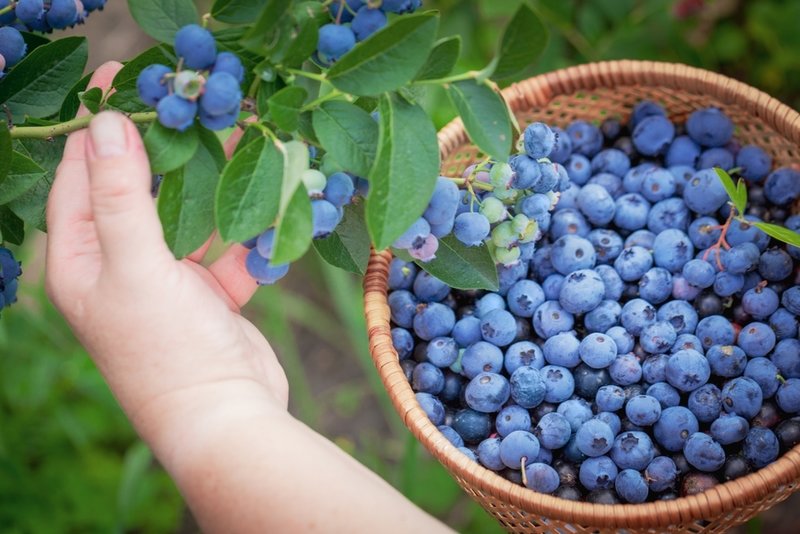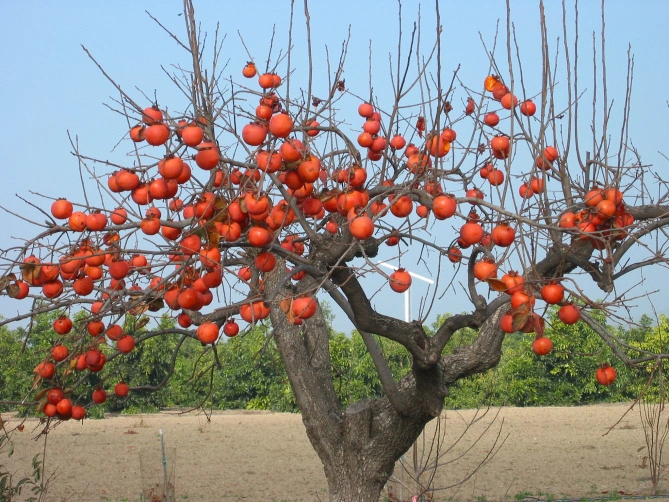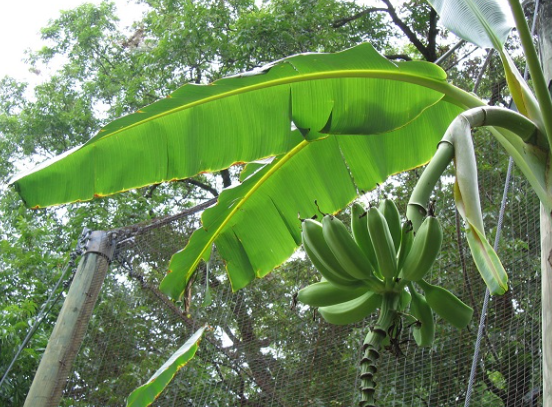If you love plants and want them to be healthy, you need to take good care of them.
Epsom salt is something many gardeners talk about. It is said to be great for plants, and in this guide, we’ll see if it’s really useful for fruit trees, veggies, and shrubs. We’ll learn how it might make them healthier and grow better.
Table of Contents
- What’s Epsom Salt Anyway?
- Why Do Plants Like Epsom Salt?
- How Epsom Salt Works for Fruit Trees
- What About Vegetables?
- And Shrubs?
- How Do You Use Epsom Salt?
- Things to Be Careful About
- Other Natural Options for Plant Care
- Clearing Up Myths
- Real Stories from Gardeners
- What the Plant Pros Say
- Final Thoughts
- Frequently Asked Questions
- Can Epsom salt be used on all types of fruit trees?
- How often should I apply Epsom salt to my vegetables?
- Is Epsom salt safe for organic gardening?
- Can Epsom salt help with shrubs affected by pests?
- Can Epsom salt replace other fertilizers?
What’s Epsom Salt Anyway?
Epsom salt is a mixed up kind of salt, which is also called magnesium sulfate. It got its name from a place with salt springs in Epsom, England, where people first found it.
This salt has magnesium, sulfur, and oxygen. People use it a lot for different things, like treating health problems and growing crops.
Why Do Plants Like Epsom Salt?
Plants sometimes don’t get enough magnesium, which can make them not grow right, have yellow leaves, and not make good fruit. Epsom salt is like a fast food of magnesium for plants. It’s super important for their health. The sulfur in Epsom salt is also helpful because it makes chlorophyll, the green stuff in leaves that lets plants turn sunlight into food.
How Epsom Salt Works for Fruit Trees
If you put Epsom salt on fruit trees, they can grow better and give you more fruit. When these trees don’t have enough magnesium, they won’t give you as much fruit, and what they do give might not taste good. Epsom salt can fix the lack of magnesium and help your fruit trees stay healthy and full of fruit.
What About Vegetables?
Vegetable plants can also use a boost from Epsom salt. Magnesium helps the plants take in nutrients from the soil. When they can pull in nutrients well, the plants will be healthy and strong. This means you might get more veggies to eat, and they’ll likely taste better too.
And Shrubs?
Shrubs with green leaves can look even better with Epsom salt. If the leaves start turning yellow, it could be a sign that they need more magnesium. Epsyom salt comes to the rescue here as well, giving the shrubs what they need to stay a nice, healthy green.
How Do You Use Epsom Salt?
There are two main ways to use Epsom salt for plants: putting it in the soil or spraying it on the leaves. You can sprinkle the salt around the plant and water it, or dissolve it in water and spray it on the leaves. The right amount and the number of times you do this depends on the plant.
Things to Be Careful About
Even though Epsom salt can be good for plants, you should not use too much. If you do, it might mess up the soil and hurt the plants. It’s a good idea to check the soil first and maybe talk to someone who knows a lot about gardening to find out how much Epsom salt to use.
Other Natural Options for Plant Care
Epsom salt isn’t the only thing you can use. There are lots of natural stuff like compost or organic fertilizers that give plants different nutrients. Even though Epsom salt is good for some things, it’s also key to think about all the stuff plants need to eat to be healthy.
Clearing Up Myths
A lot of people think Epsom salt is the magic answer for any plant problem. But that’s not true. It can help, sure, but you also need to water your plants right, give them enough light, and feed them a balanced diet.
Real Stories from Gardeners
Many gardeners say that Epsom salt really helps their plants. There are stories about their experience with it on fruit trees, veggies, and shrubs. Hearing what others have done can give you ideas and confidence to try it yourself.
What the Plant Pros Say
Experts who know lots about plants also talk about how Epsom salt can help. They can teach us what it’s really good for and how to use it wisely so that we take the best care of our plants.
Final Thoughts
Epsom salt can be a big help for fruit trees, vegetable gardens, and shrubs. It’s good for solving the problem of not having enough magnesium and making plants healthier. If you learn how to use it the right way and listen to experts’ advice, it can make your garden grow better. Trying out Epsom salt might just make your plants happier and your garden more awesome.
Frequently Asked Questions
Can Epsom salt be used on all types of fruit trees?
Epsom salt can be beneficial for a lot of fruit trees like those that give us oranges, apples, pears, and peaches. It gives them magnesium, which these trees need to grow well.
How often should I apply Epsom salt to my vegetables?
How much Epsom salt you put on your veggies depends on what kind you’re growing and what the soil is like. But a good rule is to put it on once every two to three weeks when the plants are growing.
Is Epsom salt safe for organic gardening?
Epsom salt is okay to use if you’re gardening the organic way because it’s a mineral that comes from nature. Just make sure everything else you do in your garden is organic too.
Can Epsom salt help with shrubs affected by pests?
Epsom salt isn’t a bug killer, but it can make your shrubs stronger so they can fight off bugs better. If you use it with other ways to keep pests away, your shrubs will be stronger and healthier.
Can Epsom salt replace other fertilizers?
Epsom salt is great for when plants don’t have enough magnesium. But it doesn’t have everything plants need, so it’s best to use it along with other fertilizers to make sure your plants get all the nutrients they require.
